Entry Category: Land and Resources
Arkansas Forestry Commission
Arkansas Game and Fish Commission State Fish Hatcheries
Arkansas Historic Wine Museum
Arkansas Livestock Show Association
 Arkansas National Guard Assisting Hurricane Katrina Evacuees
Arkansas National Guard Assisting Hurricane Katrina Evacuees
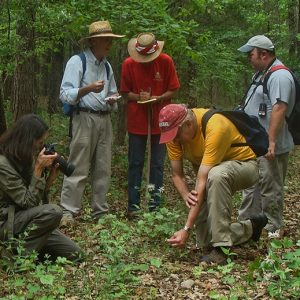 Arkansas Native Plant Society Field Trip--East Cadron Creek
Arkansas Native Plant Society Field Trip--East Cadron Creek
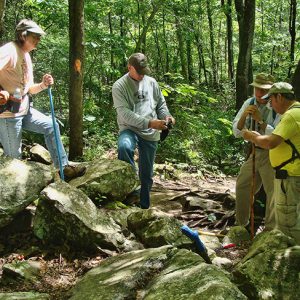 Arkansas Native Plant Society Field Trip--Petit Jean
Arkansas Native Plant Society Field Trip--Petit Jean
Arkansas Native Plant Society
Arkansas Natural Heritage Commission (ANHC)
 Arkansas Nuclear One
Arkansas Nuclear One
 Arkansas Nuclear One
Arkansas Nuclear One
 Arkansas Quicksilver Company
Arkansas Quicksilver Company
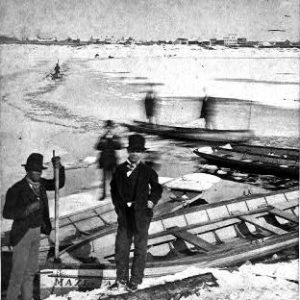 Arkansas River
Arkansas River
Arkansas River
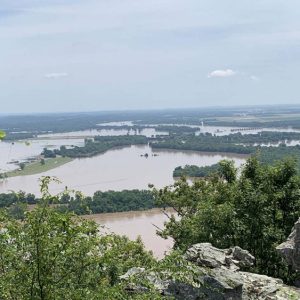 Arkansas River 2019 Flood
Arkansas River 2019 Flood
 Arkansas Soft Pine Ad
Arkansas Soft Pine Ad
Arkansas Soybean Promotion Board
Arkansas State Boundaries
Arkansas State Horticultural Society (ASHS)
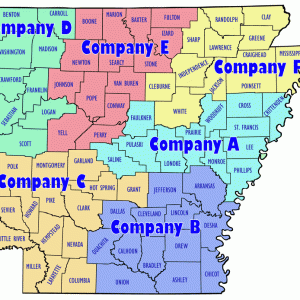 Arkansas State Police Companies Map
Arkansas State Police Companies Map
 Arkansas State Police Troops Map
Arkansas State Police Troops Map
Arkansas System of Natural Areas
Arkansas Valley
aka: Arkansas River Valley
Arkansas Water Works and Water Environment Association
Arkansas Wildlife Federation
Arkansas’s Regional Identity
 Arlington Hotel
Arlington Hotel
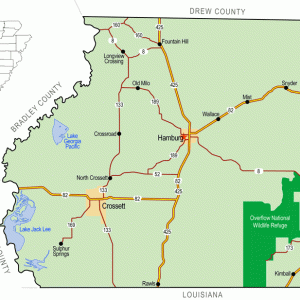 Ashley County Map
Ashley County Map
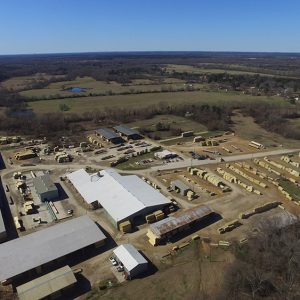 ATI Arkadelphia Wood Treatment Plant
ATI Arkadelphia Wood Treatment Plant
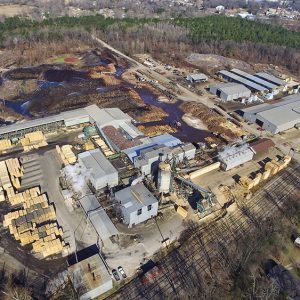 ATI Malvern Plant
ATI Malvern Plant
Audubon Arkansas
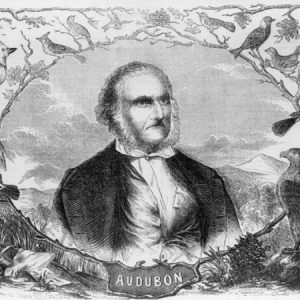 John Audubon
John Audubon
 Aydelotte School
Aydelotte School
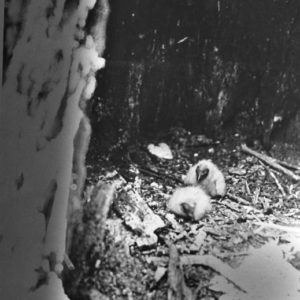 Baby Buzzards
Baby Buzzards
Bachman, Joseph
Back-to-the-Land Movement
Baitfish Industry
 Baker Prairie Natural Area
Baker Prairie Natural Area
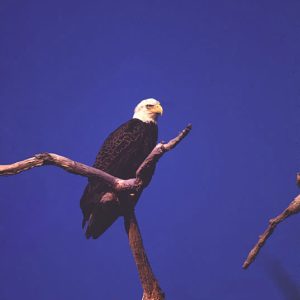 Bald Eagle
Bald Eagle
 Bald Knob Flood
Bald Knob Flood
Bald Knob National Wildlife Refuge
 Barge
Barge
 Baring Cross Bridge; 1927
Baring Cross Bridge; 1927
 "Sunpie" Barnes
"Sunpie" Barnes
 Batesville 1915 Flood
Batesville 1915 Flood
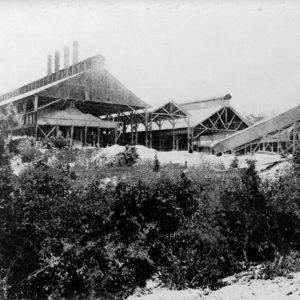 Bauxite Mill
Bauxite Mill
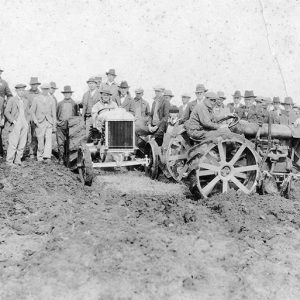 Bauxite Miners
Bauxite Miners
Bauxite Mining
 Bauxite Mural
Bauxite Mural




